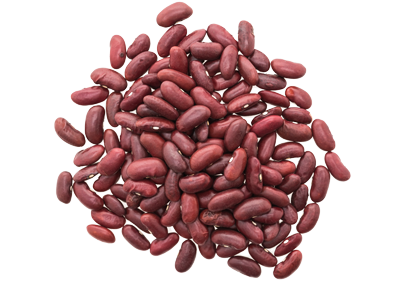Cassava And Red Kidney Beans

A staple in the diet of around half a billion of the world’s population, Manihot esculenta, better known as Cassava, is the third largest source of carbohydrates in the tropics, after rice and maize. As a plant it is exceptionally drought-tolerant and can grow in poor soil. Broadly speaking, there are two varieties: sweet and bitter.
Cassava consumption, though, does not come without its dangers. Its roots and leaves contain toxins called cyanogenic glycosides, which break down into cyanide and can cause, goitres, paralysis, and even death. The sweeter varieties have around 20mg of cyanide per kilogram while the more bitter varieties can contain up to 1,000mg a kilo.
According to the World Health Organisation, cassava poisoning kills about two hundred people a year, making it one of the deadliest plant-based foodstuffs by number, although, thankfully, as a proportion of the number of people who eat it regularly it is fairly low.
The secret to safe cassava consumption is in the preparation. The cyanogenic glycosides can be removed by soaking peeled cassava in water or by boiling and sun-drying it.

Careful preparation is also the secret behind making red kidney beans safe for consumption. Rich in protein, fibre, and essential vitamins and minerals, they are liked for their sweet flavour and light texture and in their dried form are some of the most frequently eaten in the world.
However, in their raw or undercooked state, they are also rich in phytohaemagglutinin, a toxic version of lectin, which can damage the walls of the gut and prevent it from absorbing nutrients properly. Symptoms of poisoning include diarrhoea, abdominal pain, vomiting, and headaches.
Dried red kidney beans must be soaked for several hours and boiled for at least ten minutes to neutralise the poisons. Cooking red kidney beans for less than ten minutes at any temperature below boiling point actually increases their toxicity five-fold, meaning that they are more poisonous undercooked than in their raw state.
It is fascinating to consider how much trial and error has gone into perfecting the way to safely prepare and consume foodstuffs that are delicious but contain hidden dangers. Who would be a pioneer?



